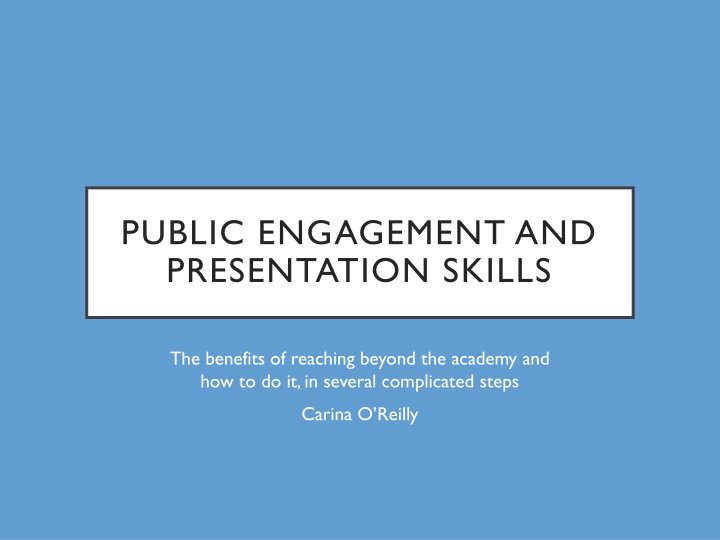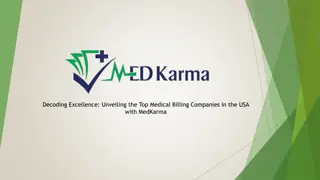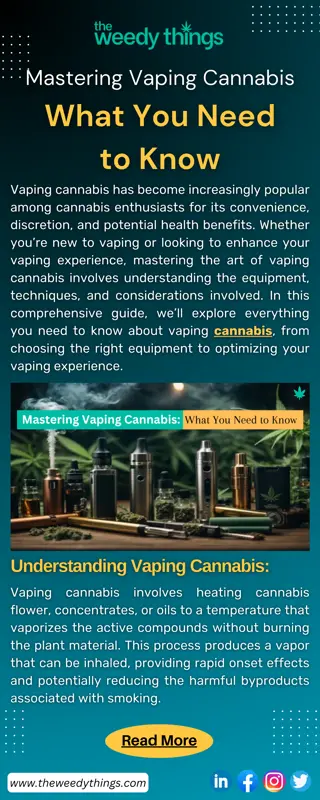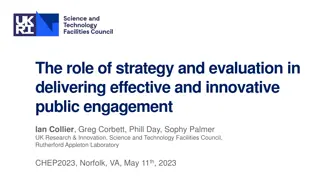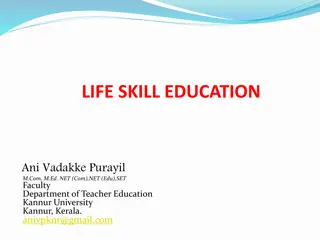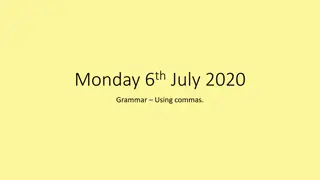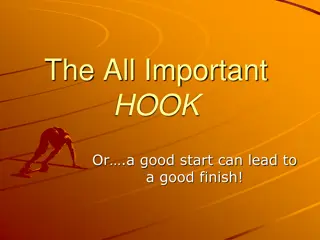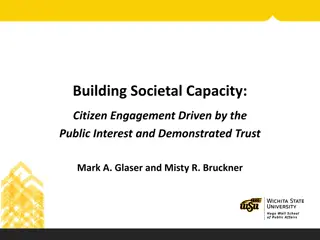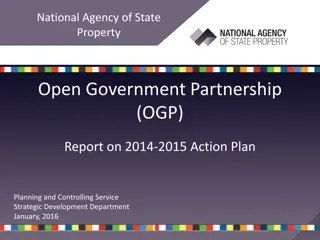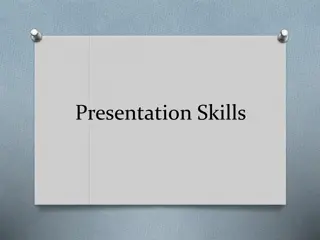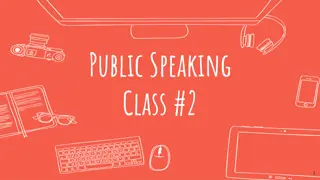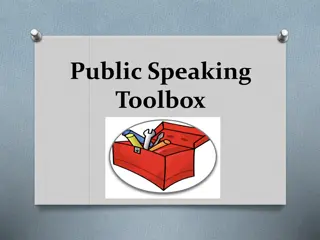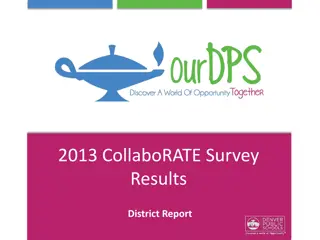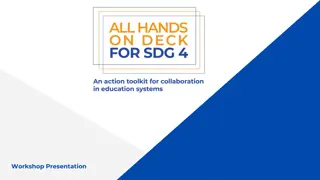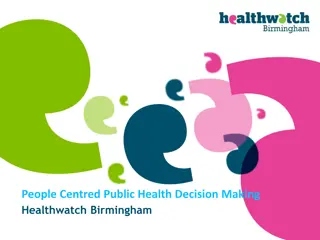Mastering Public Engagement and Presentation Skills
Enhance your academic presentations beyond the ordinary by learning effective strategies to reach diverse audiences. Discover the benefits of engaging beyond academia and unlock the secrets to successful communication. From knowing your audience to crafting compelling messages, this guide by Carina O'Reilly offers invaluable insights. Learn how to present your work to non-specialists and make a lasting impact. Elevate your skills in presentations and writing for wider audiences to broaden your influence and opportunities.
Download Presentation

Please find below an Image/Link to download the presentation.
The content on the website is provided AS IS for your information and personal use only. It may not be sold, licensed, or shared on other websites without obtaining consent from the author.If you encounter any issues during the download, it is possible that the publisher has removed the file from their server.
You are allowed to download the files provided on this website for personal or commercial use, subject to the condition that they are used lawfully. All files are the property of their respective owners.
The content on the website is provided AS IS for your information and personal use only. It may not be sold, licensed, or shared on other websites without obtaining consent from the author.
E N D
Presentation Transcript
PUBLIC ENGAGEMENT AND PRESENTATION SKILLS The benefits of reaching beyond the academy and how to do it, in several complicated steps Carina O Reilly
WHY DO YOU NEED THIS? Many academic presentations are terrible Many academics cannot write for a non-specialist audience You will not be among this number
AGENDA Why bother? Stage One know your audience Stage Two know your message Stage Three know your cunning plan Skills: Presentations Skills: Writing for non-academic publications
REASONS TO BE CHEERFUL Lower your expectations. Who reads theses? What s the point of doing all this work? Writing for non-academic audiences is a skill. You re a nerd. You like learning skills. Learning to explain complexity is the essence of good writing. You re always going to be busy. If you can get into the Beano, you ve made it.
BENEFITS OF PRESENTING YOUR WORK Get your findings under the noses of people who can use them Make your name as an expert in your field Improve your communication skills Make it easier to apply for grants Rehearse your arguments Pad out your CV IMPACT
STAGE ONE KNOW YOUR AUDIENCE
BRAINSTORM Brainstorm all the possible audiences for your research This should include everyone you can think of that might be interested, including your mum Consider the following categories. Be precise. Other academics who? In what fields? Practitioners who precisely? If police, what rank? Policy-makers where? Which departments? Members of the public why? Now choose the top three, and rank them in order
DRAW A TERRIBLE MIND MAP Put each of your audiences in a circle and map the sorts of ways you could communicate your research to them For example, you can communicate to other academics through journal articles If more than one audience can be reached through the same method, draw a line to each Journal articles shouldn t be linked to anyone except other academics This Photo by Unknown Author is licensed under CC BY-SA-NC
YOUR LIST Should probably include: Journal articles Conferences Articles for non-academic press (be precise who?) Workshops and seminars (who s the audience?) Reports Research summaries, policy briefs or leaflets Social media Consider also: Evidence caf s Infographics Podcasts Videos Online games Cartoons Probably don t consider: Mime Interpretative dance
STAGE TWO KNOW YOUR MESSAGE
EXERCISE Summarise your thesis in a paragraph Now summarise it in just seven words
GOALS Awareness? What are your audiences going to do with your messages? Buy-in? Share knowledge? Think about what you want your messages to do for each of your top three audiences Affect decisions? Inform future research? Change policy? Also see http://www.sickkids.ca/pdfs/ Learning/79482- KTPlanningTemplate.pdf Change behaviour? What else?
STAGE THREE YOUR CUNNING PLAN
ALIGNING Take your top three audiences For each, write a sentence: What is your message? What do you want them to do with your message? What is the best way of getting your message to them? Who s the priority? What s the easiest to do?
MANAGING YOUR COMMS You should have a timeline for your PhD Consider using a project management app of some sort to manage this My personal favourite is Trello
WHY ARE SO MANY PRESENTATIONS SO BORING? Presentations need to be well-organised and clear They need to be visual You have to deliver them well
EXERCISE Are you planning a conference presentation? Storyboard it what s going in each slide? Think about design and visuals
WHATS YOUR HOOK? A good presentation starts with a reason for people to be interested This is the hook Why should anyone be interested in your presentation? Tell me in one line Now design a slide that includes your hook and what your presentation will say
WHATS YOUR TAKEAWAY? What s your takeaway? What s the one thing that the audience should take away from your presentation? This should be your conclusion Don t let your most important points get lost in the middle
DELIVERY If you re doing a seminar, or a workshop, what activities could you add? Can you ask the audience questions? How many people here think that you can? Confidence rehearsal
FAMILIARITY AND CONTINUITY Povey (2001): visibility necessary but not sufficient Visibility, accessibility, familiarity Casey (2008): named contacts, two years in neighbourhoods Problem- solving CoP (2018): continuity of resource ... to enable productive and trusting relationships Community engagement
THE BEAST OF THE MET Senior officers recognised issue it s about knowing your neighbourhood, and if you ve got that constant change, then it s difficult for officers to get that continuity, as well as the members of the public knowing who their local bobbies are. But that is the beast of the Met as well, people move around all the time... - Officer Five, Blue Cluster Saw it as part of warp and weft of policing London
WRITING FOR NON- ACADEMIC PUBLICATIONS
TYPES OF WRITING Explainers simplifying a complex issue Op-eds having an opinion, taking a stand Recommendations calling for a particular action based on your expertise
EXERCISE Take one non-academic press outlets Write a one-sentence summary of an explainer, op ed, and recommendation
RULES OF THE GAME Remember your audience Avoid jargon, acronyms, theory, literature reviews If you d need to explain it to your mum, you need to explain it here Limited or no references No more than 800-1,500 words Read the publication, get used to its voice
TAKE HOME EXERCISE Research the possible homes for the ideas you ve developed Find out the name of the editor and how to pitch an idea For example: carina.oreilly@policinginsight.com Draft a plan for a 1,000 word piece on one of your ideas Now pitch it!
